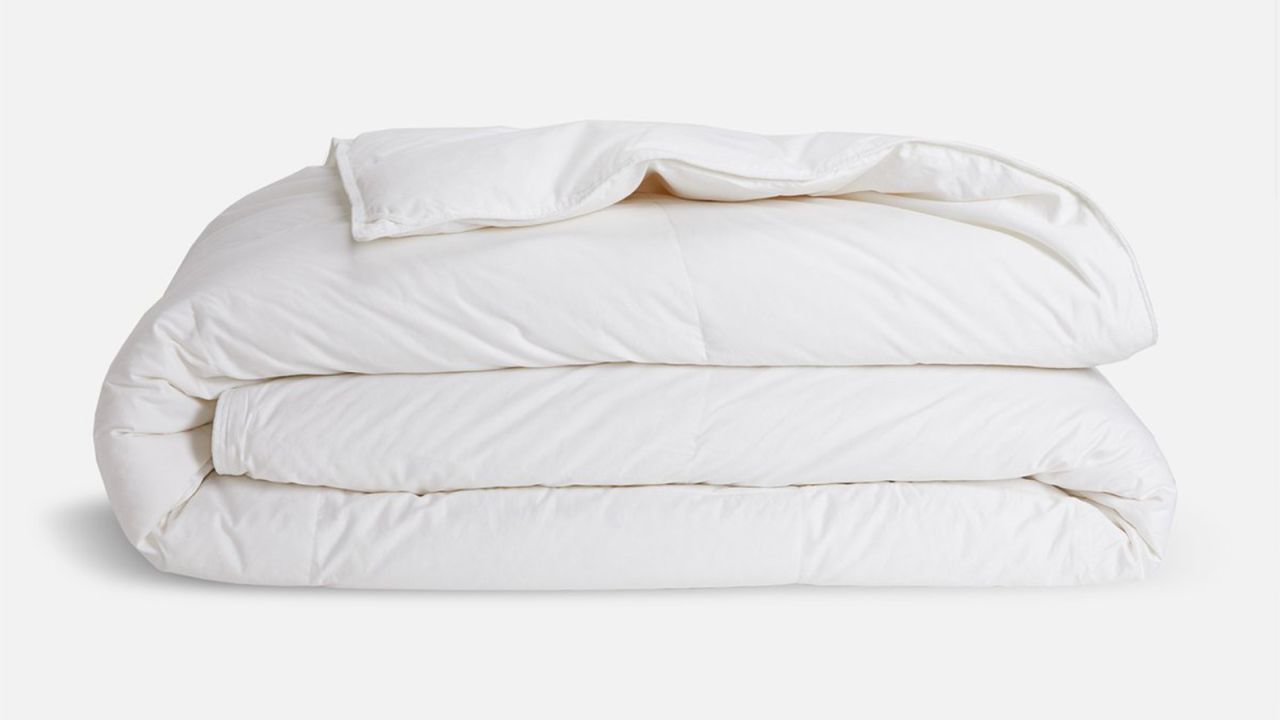

Articles
What Is A Down Duvet
Modified: August 27, 2024
Learn all about down duvets and their benefits in our informative articles. Find out why they are a popular choice for cozy and comfortable sleep.
(Many of the links in this article redirect to a specific reviewed product. Your purchase of these products through affiliate links helps to generate commission for Storables.com, at no extra cost. Learn more)
Introduction
A good night’s sleep is essential for overall health and well-being, and the quality of your bedding plays a crucial role in achieving that. If you’re in the market for a new duvet, you may have come across the term “down duvet.” But what exactly is a down duvet, and why should you consider investing in one?
A down duvet is a type of bedding that is filled with the fine feathers found beneath the outer feathers of ducks or geese. These feathers are exceptionally soft, light, and insulating, making them an excellent choice for duvets.
In this article, we will explore the benefits of using a down duvet, how they are made, factors to consider when choosing one, caring tips, and the differences between down duvets and other types of bedding.
So, if you’re looking for a cozy and comfortable sleep experience, keep reading to discover the wonders of a down duvet!
Key Takeaways:
- Down duvets offer exceptional comfort, superior insulation, and durability, making them a luxurious and cozy choice for a restful night’s sleep. Their lightweight and breathable nature provide a cloud-like feel, ensuring a cozy and comforting sensation.
- When choosing a down duvet, factors such as fill power, fill weight, down cluster quality, material, and size should be considered. Proper care and maintenance, along with understanding the differences between down duvets and other types of bedding, are essential for maximizing the benefits of this luxurious sleep essential.
Read more: What Is A Duvet
Definition of a Down Duvet
A down duvet is a type of bedding that is filled with the soft and fluffy down feathers found beneath the outer feathers of ducks or geese. These down feathers are known for their excellent thermal insulation properties, which help to regulate body temperature while sleeping.
Down feathers are different from traditional feathers as they lack a hard quill and have a three-dimensional structure that traps air. This air-trapping ability makes down duvets lightweight, fluffy, and incredibly warm. In fact, down is one of the best natural insulators available, making it highly sought after for bedding.
The quality and loft of a down duvet are determined by the fill power and fill weight. Fill power refers to the volume that one ounce of down occupies and is measured in cubic inches. The higher the fill power, the more air the down can trap and the better the insulation. Fill weight, on the other hand, indicates the amount of down used in the duvet. A higher fill weight generally means a warmer and more substantial duvet.
It’s important to note that down duvets may sometimes be blended or mixed with other materials, such as feathers or synthetic fibers, to enhance their loft or durability. However, true down duvets should have a high percentage of down, typically at least 75% or more, to ensure the desired qualities of softness, warmth, and breathability.
When shopping for a down duvet, you may come across terms like “white down” or “goose down.” White down refers to the natural color of the down feathers, while goose down specifically refers to down sourced from geese. Both duck down and goose down can be used in down duvets, but goose down is generally considered to be of higher quality due to its larger clusters and superior insulation properties.
Now that we have a clear understanding of what a down duvet is, let’s explore the numerous benefits it offers!
Benefits of Using a Down Duvet
Choosing a down duvet for your bedding comes with a multitude of benefits that can greatly enhance your sleeping experience. Here are some of the advantages of using a down duvet:
- Exceptional Comfort: Down duvets are known for their luxurious softness and fluffiness. The fine down feathers provide a cloud-like feel that gently wraps around your body, offering a cozy and comforting sensation, ensuring a night of deep and restful sleep.
- Superior Insulation: One of the standout features of down duvets is their exceptional thermal insulation properties. The natural loft and air-trapping ability of down feathers create a layer of warmth that keeps you snug and cozy during colder nights, while still allowing for proper airflow to prevent overheating.
- Lightweight and Breathable: Despite their ability to provide excellent insulation, down duvets are surprisingly lightweight. The lightweight nature makes them easy to handle and provides a light and airy feel when sleeping. Additionally, the breathability of down allows excess heat and moisture to escape, ensuring a comfortable and dry sleep environment.
- Longevity and Durability: Down duvets are an investment that can last for many years if properly cared for. The high-quality materials and craftsmanship used in their production ensure that they can withstand daily use without losing their loft or warmth. When properly maintained, a down duvet can retain its exceptional qualities for a long time.
- Hyposensitivity and Allergy-Friendly: Contrary to popular belief, down duvets can be a suitable option for individuals with allergies. High-quality down duvets undergo extensive cleaning and sterilization processes that remove allergens such as dust, dander, and allergenic proteins. Additionally, the tightly woven covers used with down duvets act as a barrier, preventing the penetration of allergens.
These benefits make down duvets a popular choice for those seeking a luxurious and comfortable sleep experience. Now that we understand the advantages of using a down duvet, let’s take a closer look at how they are made.
How Down Duvets Are Made
Creating a down duvet involves a meticulous process that ensures the exceptional quality and comfort that they are known for. Here are the general steps involved in making a down duvet:
- Down Collection: The first step in making a down duvet is the collection of down feathers. These feathers are typically sourced from ducks or geese during the molting season when the birds naturally shed their feathers. The collection process is humane, and the feathers are carefully harvested to prevent harm to the animals.
- Sorting and Cleaning: Once collected, the down feathers go through a thorough sorting process. The feathers are separated from any quills or debris, and any inferior-quality feathers are removed. The cleaned feathers are then carefully washed to remove dirt, dust, and natural oils. This cleaning process ensures that the down is hypoallergenic and free from contaminants.
- Drying and Sterilizing: After washing, the down feathers are dried thoroughly to restore their loft and fluffiness. High-quality manufacturers use specialized drying equipment and ensure that the feathers are dried completely to prevent any moisture retention. To ensure hygiene and allergen removal, the down may also undergo sterilization processes to eliminate any potential allergenic particles.
- Filling and Stitching: The cleaned and dried down feathers are then carefully filled into pockets or baffles of the duvet cover. The pockets or baffles help to evenly distribute the down and prevent any clumping. High-quality duvets have box stitching or baffle box construction, which creates small compartments to ensure that the down remains evenly distributed and does not shift over time.
- Finishing: After filling, the duvet is meticulously inspected for quality control, ensuring that there are no gaps or inconsistencies in the distribution of the down. The duvet is then carefully sealed, often with a zippered closure or buttons, to keep the down securely in place and prevent any leakage.
It’s important to note that the manufacturing process may vary slightly between different manufacturers. However, the general principles remain the same, with a focus on using high-quality down, proper cleaning, and ensuring even distribution of the down to create a comfortable and durable duvet.
Now that we understand how down duvets are made, let’s explore the factors you should consider when choosing the right down duvet for your needs.
When choosing a down duvet, look for a high fill power (600+) for better insulation and fluffiness. Consider the duvet’s construction and thread count for durability and breathability.
Factors to Consider When Choosing a Down Duvet
When it comes to selecting the perfect down duvet for your needs, there are several key factors to consider. Taking these factors into account will help you find a duvet that meets your preferences for comfort, warmth, and durability. Here are some essential factors to consider when choosing a down duvet:
- Fill Power: Fill power is a critical factor that indicates the quality and insulation capability of the down. A higher fill power, typically ranging from 600 to 800 or more, indicates a higher volume of air that the down can trap, resulting in increased warmth and loft. If you prefer a lighter duvet with excellent insulation, choose a higher fill power option.
- Fill Weight: Fill weight refers to the amount of down used in the duvet. A higher fill weight generally means a warmer and more substantial duvet. Consider your climate and personal preferences when deciding on the fill weight of the duvet. Lighter options are suitable for warmer climates, while heavier duvets are ideal for colder environments.
- Down Cluster Quality: The quality of the down cluster greatly affects the performance and durability of the duvet. Look for duvets made from high-quality down clusters, as these provide superior insulation and maintain their loft for a longer period. Goose down is typically known for having larger and more resilient clusters compared to duck down.
- Material and Construction: Consider the material and construction of the duvet cover. Opt for a tightly-woven, breathable, and hypoallergenic cover that prevents the down from escaping and provides a barrier against allergens. Duvets with box stitching or baffle box construction ensure that the down remains evenly distributed and avoids clumping or shifting.
- Size and Dimensions: Choose a down duvet that matches the size of your bed. Consider the dimensions of the duvet to ensure proper coverage. Standard sizes include Twin, Full/Queen, and King. Additionally, check the thickness or profile of the duvet to determine if it suits your preference for a thinner or thicker bedding option.
- Maintenance and Care: Consider the maintenance requirements of the duvet. Look for duvets that are easy to clean and maintain. Some duvets can be machine-washed and dried, while others require professional cleaning. Also, check if the duvet comes with a removable cover for easier cleaning.
By carefully considering these factors, you can select a down duvet that provides the perfect balance of comfort, warmth, durability, and ease of maintenance for years to come.
Now that we’ve covered the factors to consider when choosing a down duvet, let’s move on to explore how to properly care for your down duvet.
Read more: What Is A Duvet Cover
Caring for a Down Duvet
A down duvet is a valuable investment, and proper care is essential for maintaining its loft, comfort, and longevity. With the right care routine, you can ensure that your down duvet stays clean, fresh, and in excellent condition. Here are some tips on how to care for your down duvet:
- Protective Cover: Consider using a duvet cover to protect your down duvet from stains, spills, and dirt. A duvet cover can be easily removed and laundered, keeping the duvet clean and extending its lifespan.
- Regular Fluffing: Regularly fluff your down duvet to restore its loft and maintain an even distribution of the down. Give it a good shake or pat it gently to distribute the feathers and prevent them from clumping together.
- Avoid Excessive Compression: Avoid compressing your down duvet for long periods. When not in use, store it in a breathable storage bag or container that allows the duvet to retain its natural loft.
- Spot Cleaning: If your down duvet gets stained or soiled, spot clean the affected area immediately using a mild detergent and a damp cloth. Be gentle and avoid rubbing vigorously to prevent damaging the delicate down clusters.
- Professional Cleaning: Depending on the care instructions provided by the manufacturer, you may need to have your down duvet professionally cleaned. Dry cleaning or a specialized cleaning service helps maintain the quality of the down and ensures thorough cleaning without damaging the duvet.
- Proper Drying: When drying your down duvet, use low heat and avoid high temperatures to prevent excessive shrinkage or damage to the down clusters. Add a few clean tennis balls or dryer balls to the dryer to help fluff the duvet and restore its loft.
- Avoid Direct Sunlight: Avoid exposing your down duvet to direct sunlight for extended periods, as this can cause fading and damage to the delicate down feathers. Instead, hang it in a well-ventilated area to air out.
Following these care tips will help keep your down duvet clean, fresh, and cozy for years to come. Remember to always refer to the specific care instructions provided by the manufacturer to ensure proper maintenance.
Now that we’ve covered caring for a down duvet, let’s explore the differences between down duvets and other types of bedding.
Differences Between Down Duvets and Other Types of Bedding
When it comes to choosing bedding, there are various options available, each with its own unique characteristics. Here are some key differences between down duvets and other types of bedding:
- Insulation: Down duvets are renowned for their exceptional insulation properties. The light and fluffy down feathers trap air effectively, providing excellent warmth while still allowing for breathability. In comparison, synthetic-filled duvets may not offer the same level of insulation.
- Weight: Down duvets are remarkably lightweight compared to other types of bedding, such as comforters or quilts. This lighter weight adds to their comfort and ease of use, making them less bulky and more suitable for those who prefer a lighter covering while sleeping.
- Softness and Fluffiness: The fine down feathers used in down duvets create a luxurious softness and fluffiness that sets them apart from other types of bedding. The gentle and airy feel of down provides a cozy sleeping experience that is hard to replicate with synthetic or alternative fillings.
- Longevity: Down duvets, when properly cared for, can last for many years. The high-quality materials and construction contribute to their durability and ability to maintain their loft over time. In comparison, synthetic-filled bedding may flatten or lose its loft more quickly with prolonged use.
- Hypoallergenic Qualities: Despite popular misconceptions, down duvets can be hypoallergenic. High-quality down undergoes rigorous cleaning and sterilization processes to remove allergens, making them suitable for individuals with allergies. Synthetic-filled bedding may also have hypoallergenic options, but the natural properties of down make it an excellent choice for sensitive sleepers.
- Price Range: Down duvets are often considered a more luxurious bedding option, and therefore, they tend to be more expensive compared to synthetic-filled duvets or other types of bedding. The price range can vary depending on factors like fill power, fill weight, down cluster quality, and brand.
It’s important to note that the choice between down duvets and other types of bedding ultimately comes down to personal preference and specific needs. Factors such as climate, budget, and individual comfort requirements can all play a role in determining the most suitable bedding option for you.
Now that we’ve explored the differences between down duvets and other types of bedding, let’s wrap up our discussion.
Conclusion
Choosing the right bedding is essential for a good night’s sleep, and a down duvet offers a luxurious and cozy sleep experience like no other. With its exceptional softness, lightweight feel, and superior insulation, a down duvet provides the perfect balance of comfort and warmth.
In this article, we’ve explored the definition of a down duvet and highlighted its numerous benefits, including exceptional comfort, superior insulation, and breathability. We’ve discussed the process of how down duvets are made, emphasizing the importance of high-quality materials and proper construction.
Additionally, we have delved into the factors to consider when choosing a down duvet, including fill power, fill weight, down cluster quality, material, and size. Proper care and maintenance of a down duvet have also been covered, ensuring its long-term durability and quality.
Lastly, we compared down duvets to other types of bedding, highlighting their unique qualities such as high insulation, lightweight feel, softness, and longevity. Each bedding option has its own merits, but a down duvet stands out for its exceptional comfort and natural properties.
Ultimately, the choice of bedding is a personal one, and it’s essential to consider your individual preferences, budget, and specific needs. Whether you opt for a down duvet or another type of bedding, investing in quality sleep essentials is a worthwhile investment for your overall well-being.
So, if you’re looking to elevate your sleep experience to new heights of comfort, consider a down duvet. Wrap yourself in its softness, snuggle into its warmth, and enjoy nights of blissful sleep.
Frequently Asked Questions about What Is A Down Duvet
Was this page helpful?
At Storables.com, we guarantee accurate and reliable information. Our content, validated by Expert Board Contributors, is crafted following stringent Editorial Policies. We're committed to providing you with well-researched, expert-backed insights for all your informational needs.
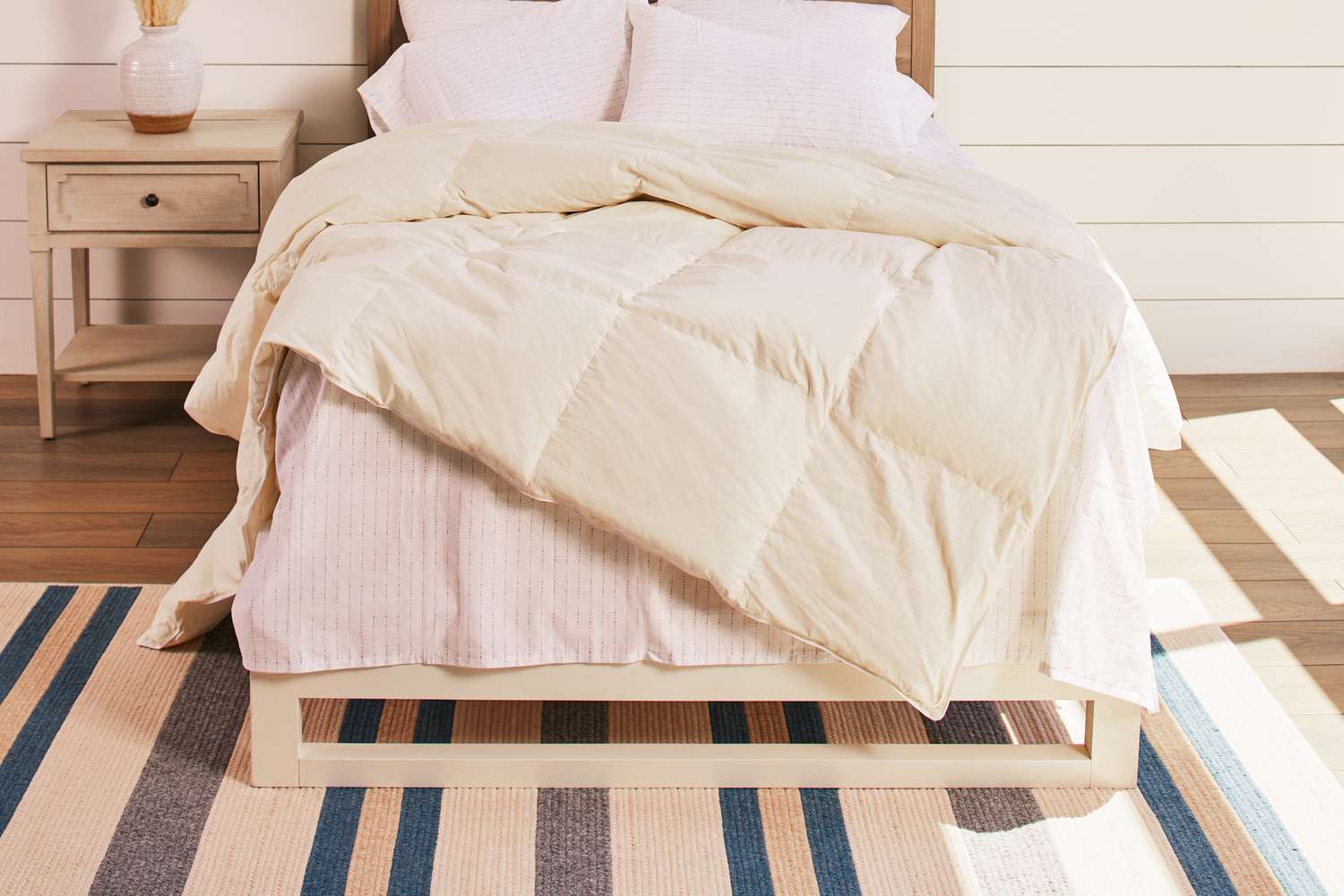
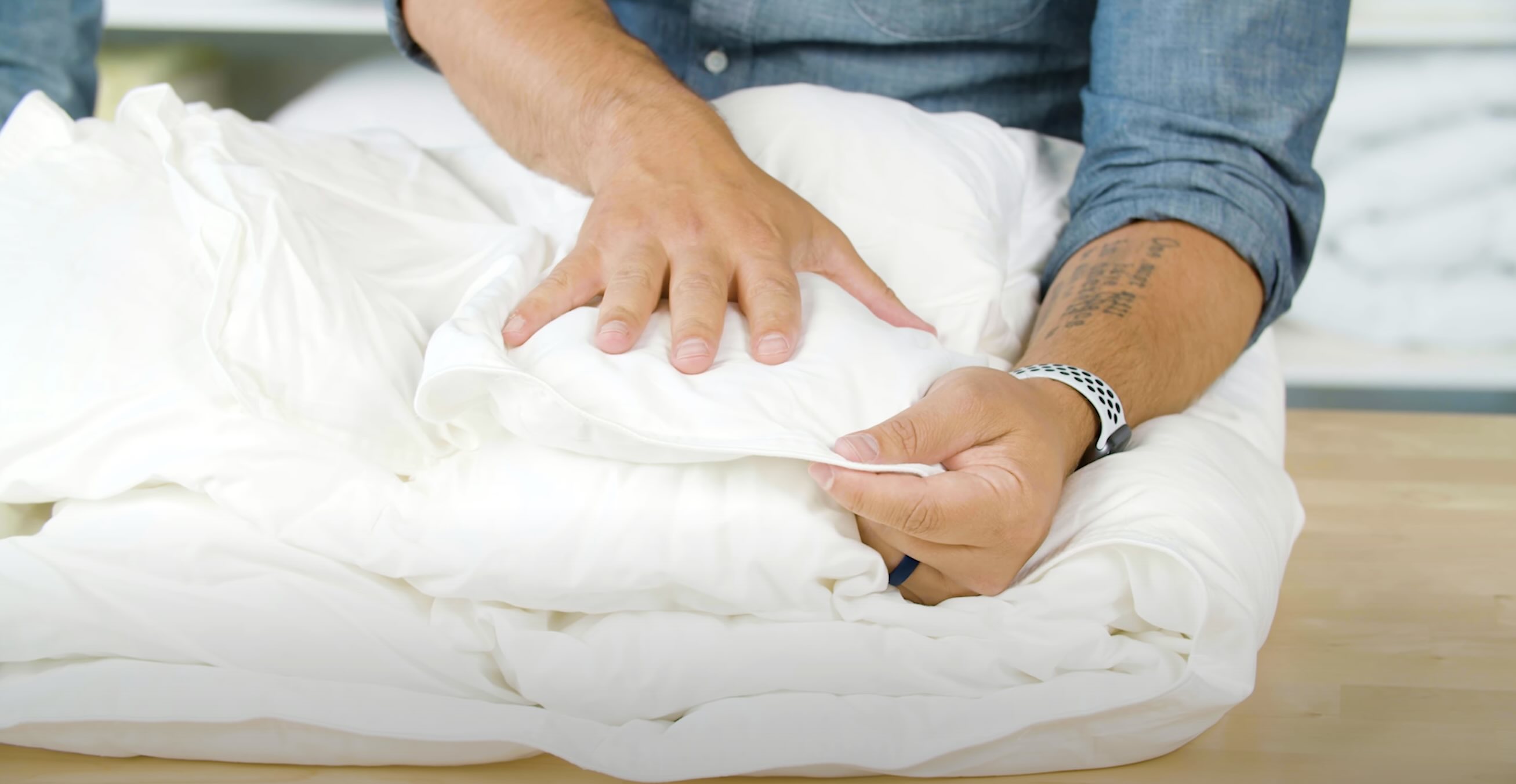
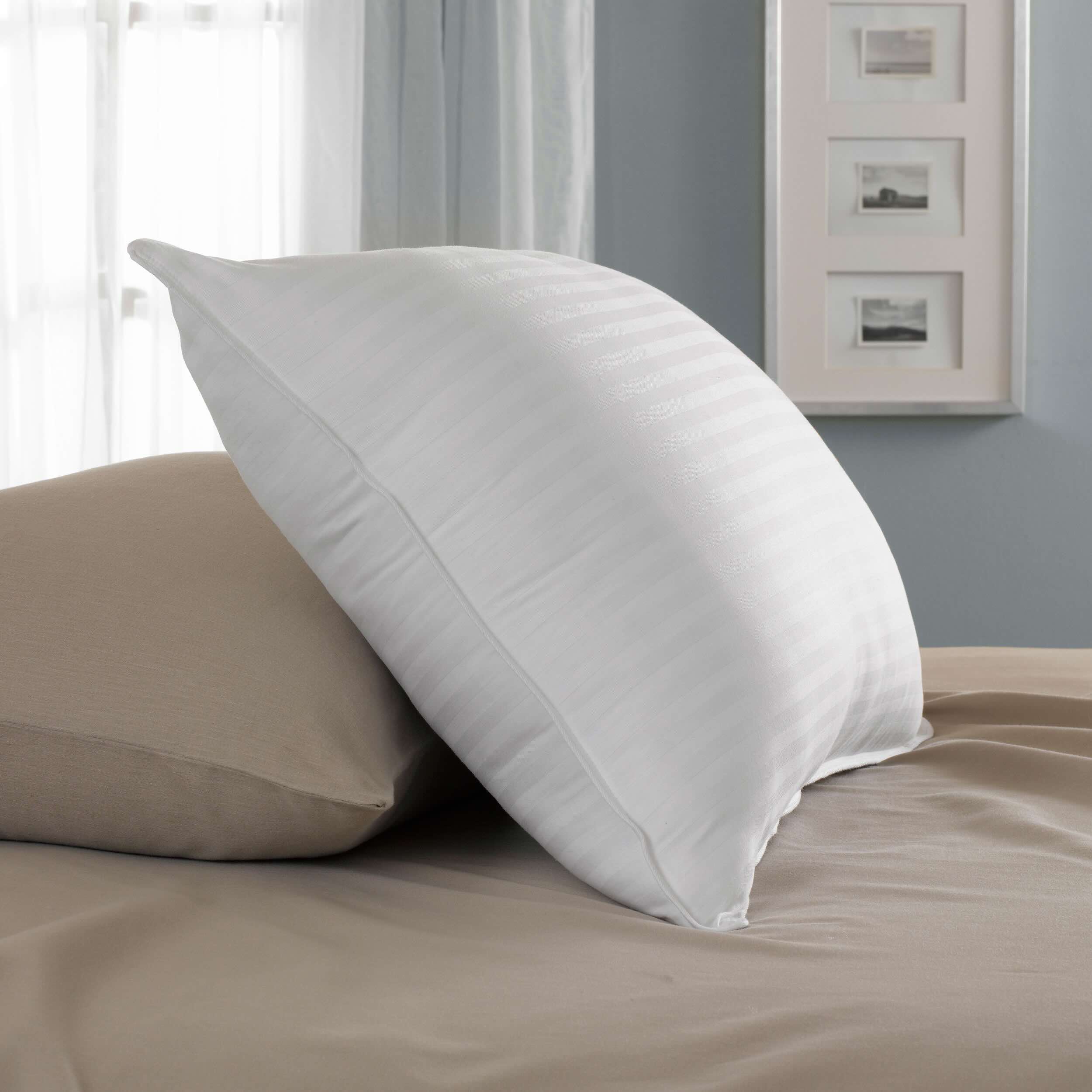
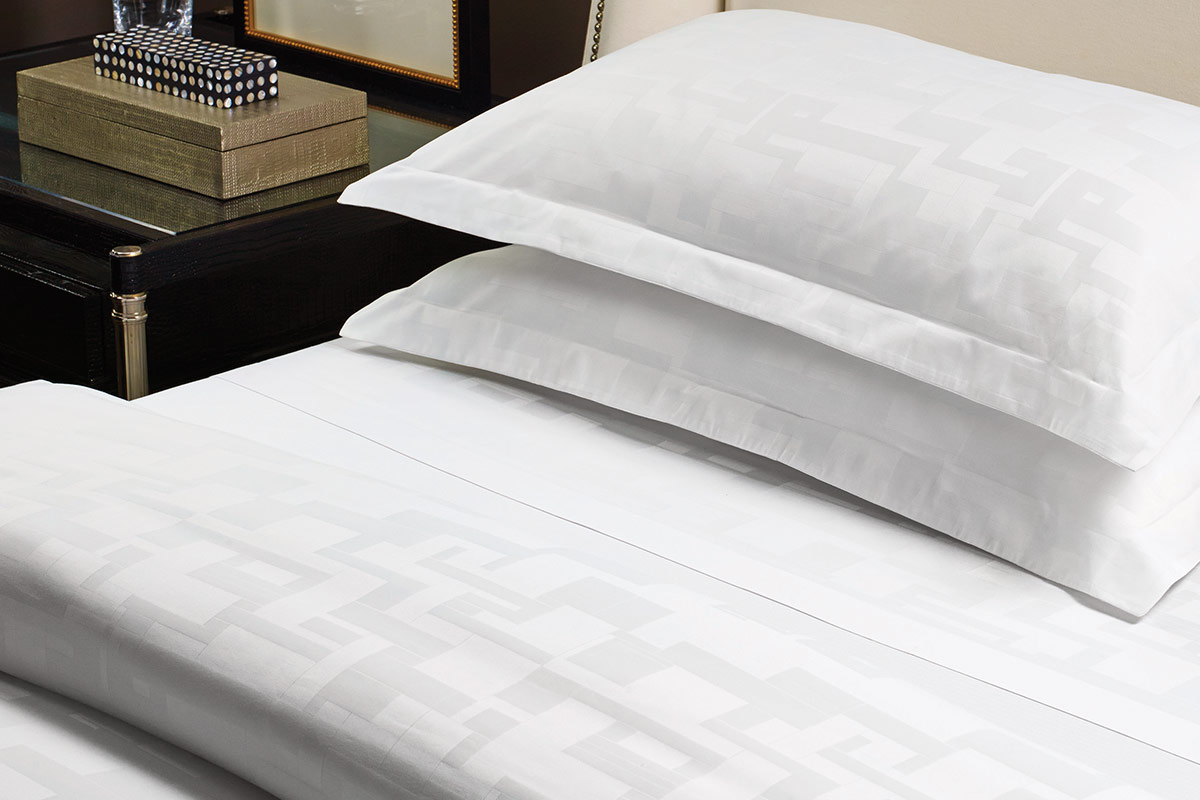
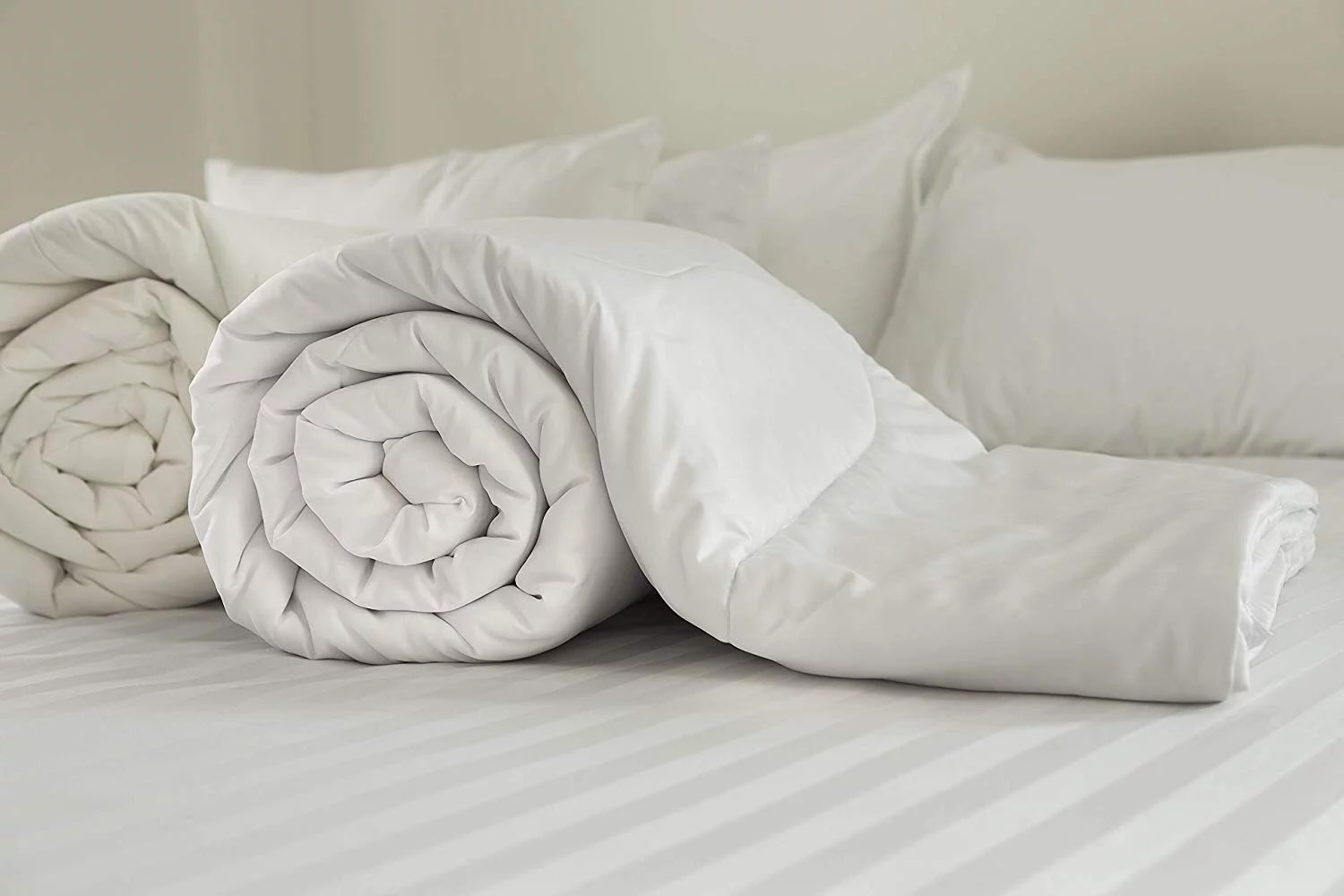
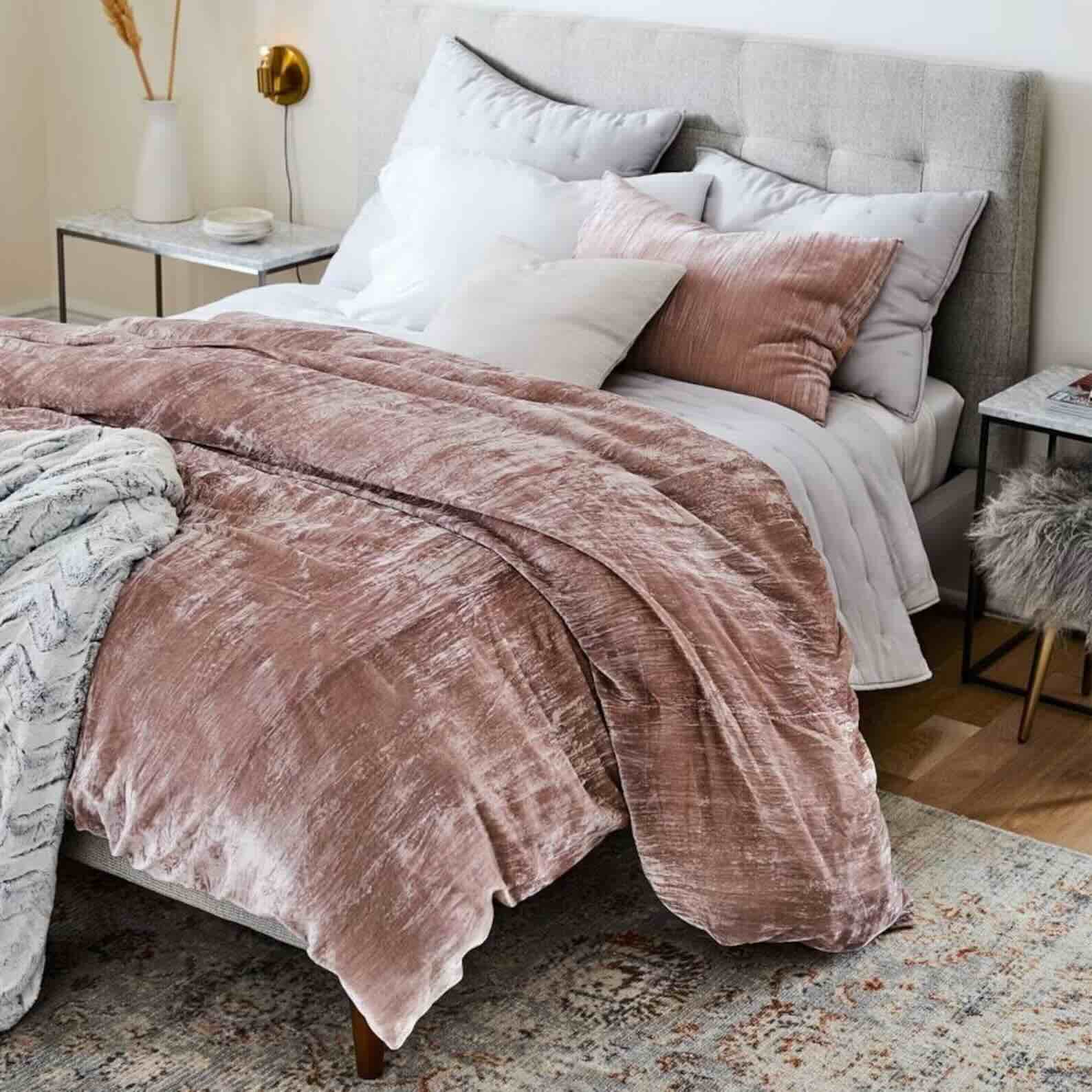
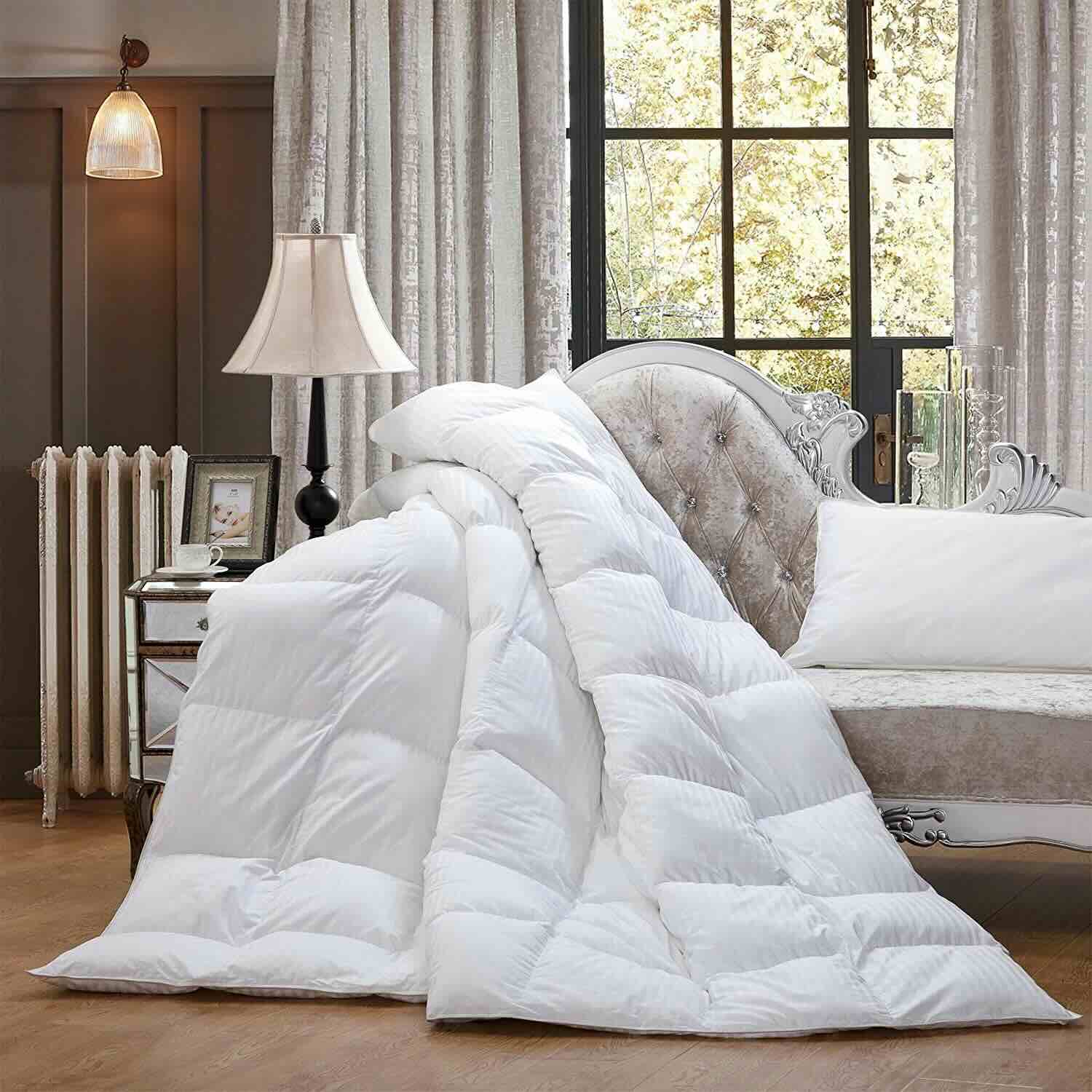
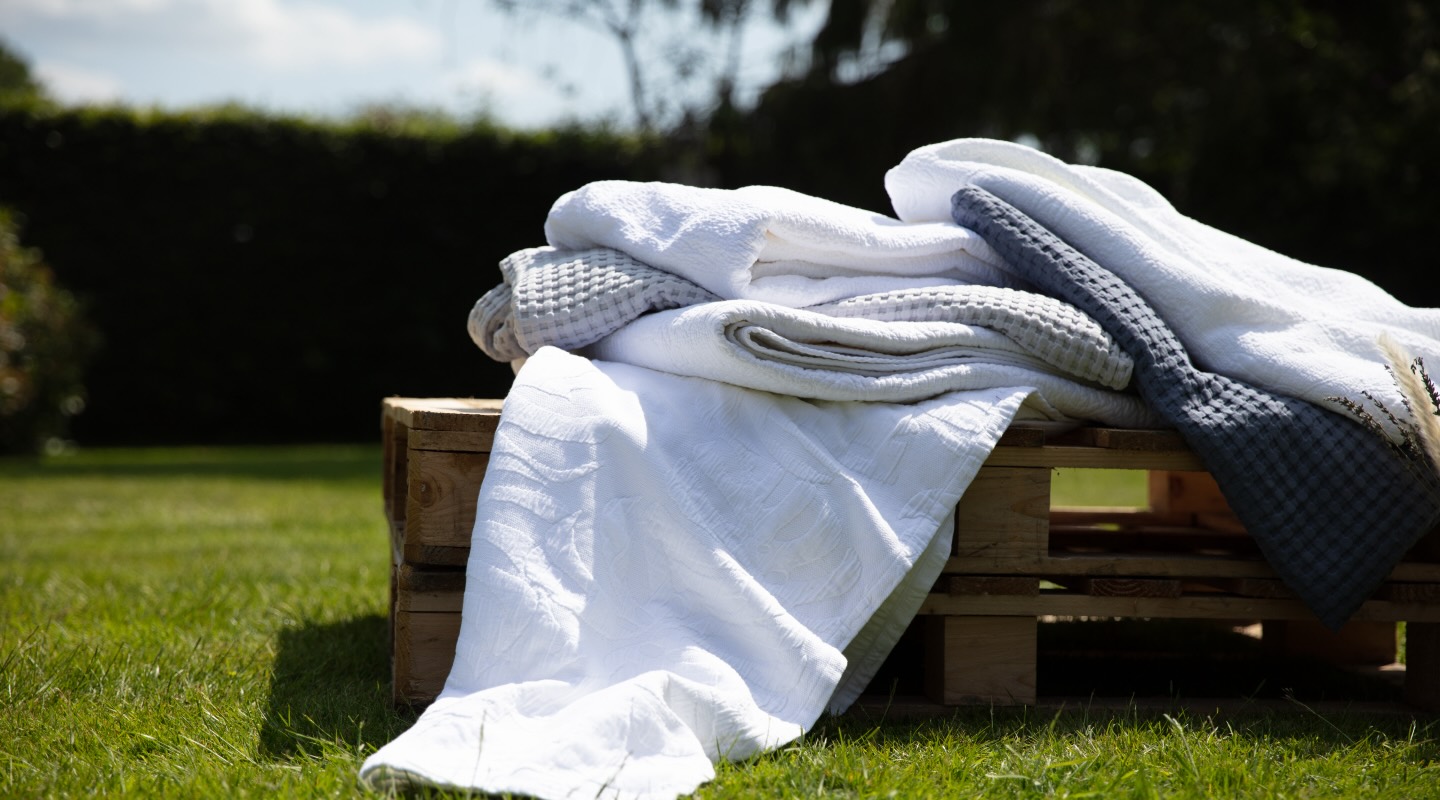
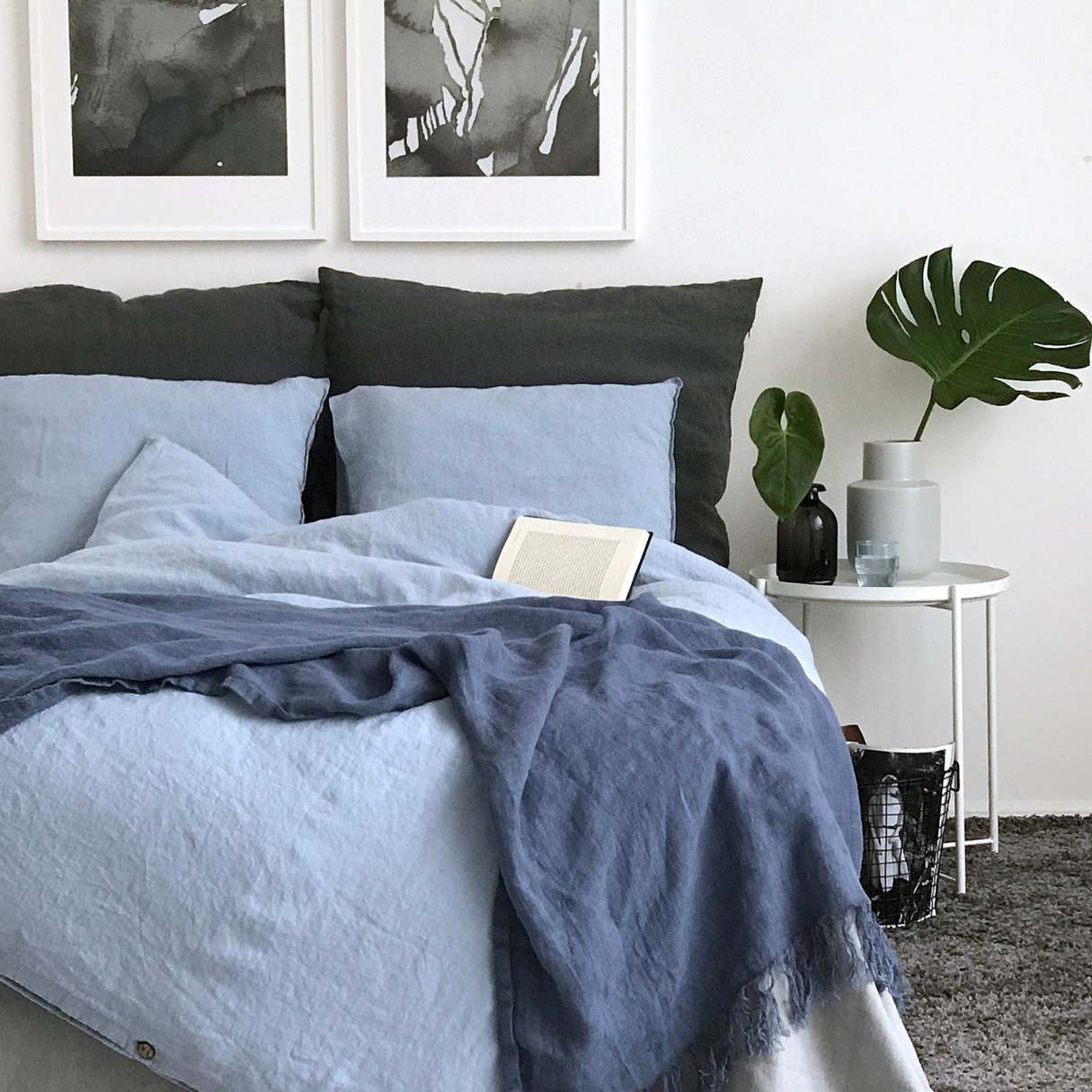
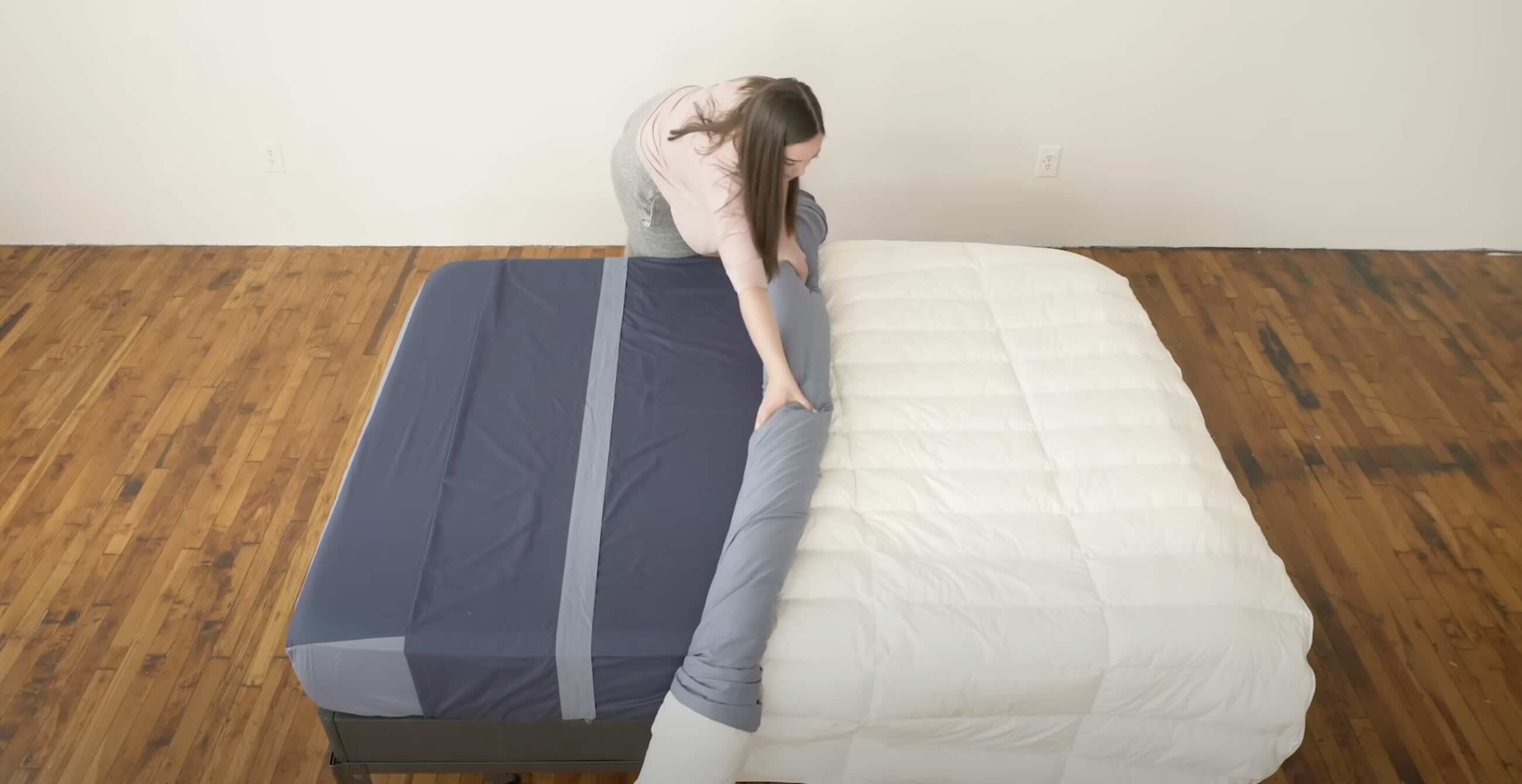
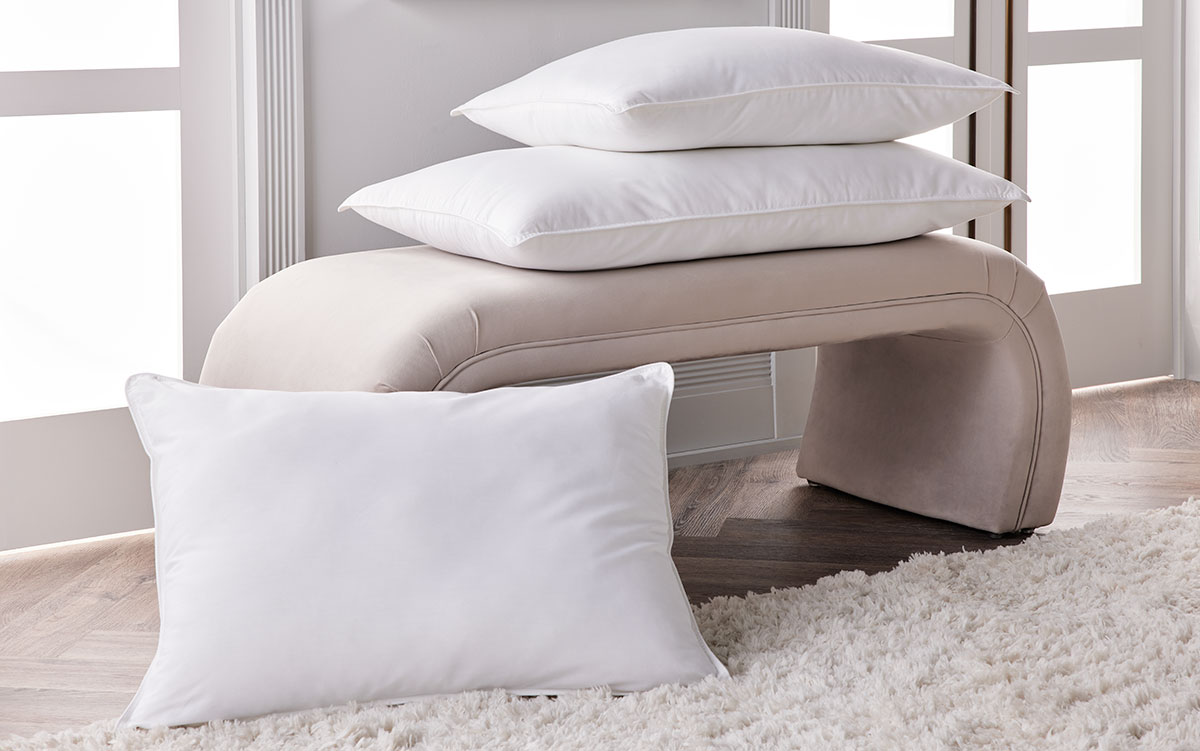

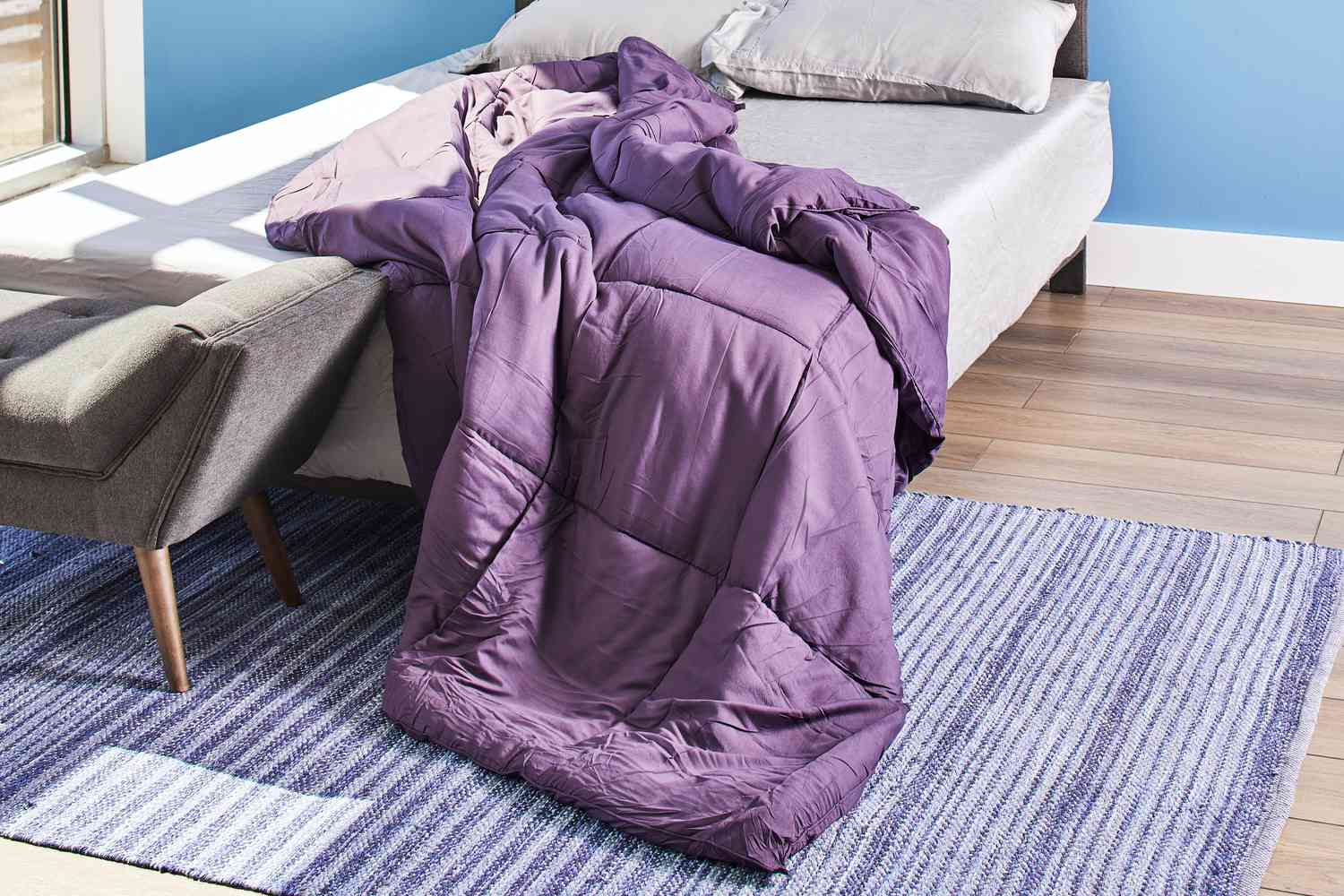
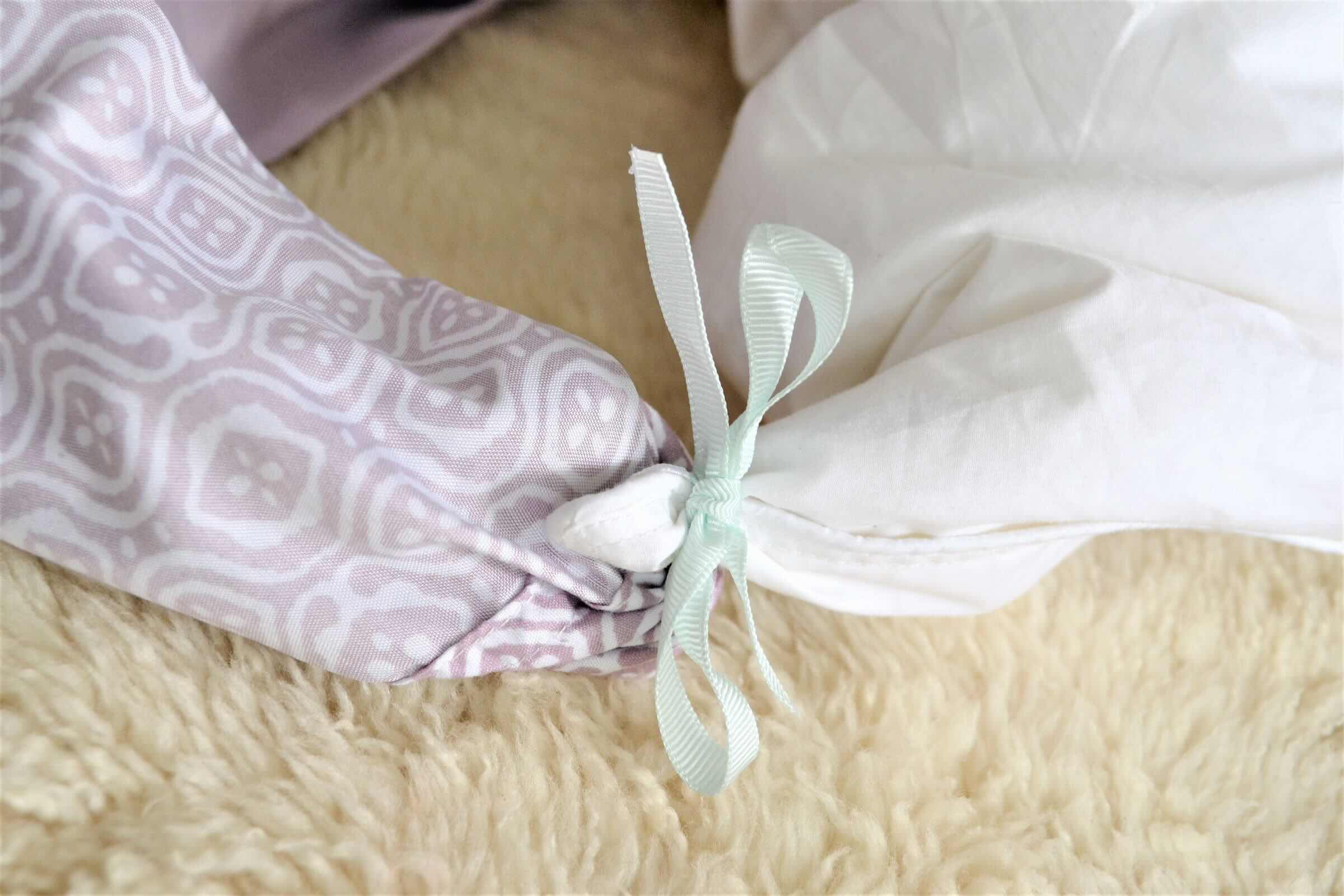

0 thoughts on “What Is A Down Duvet”